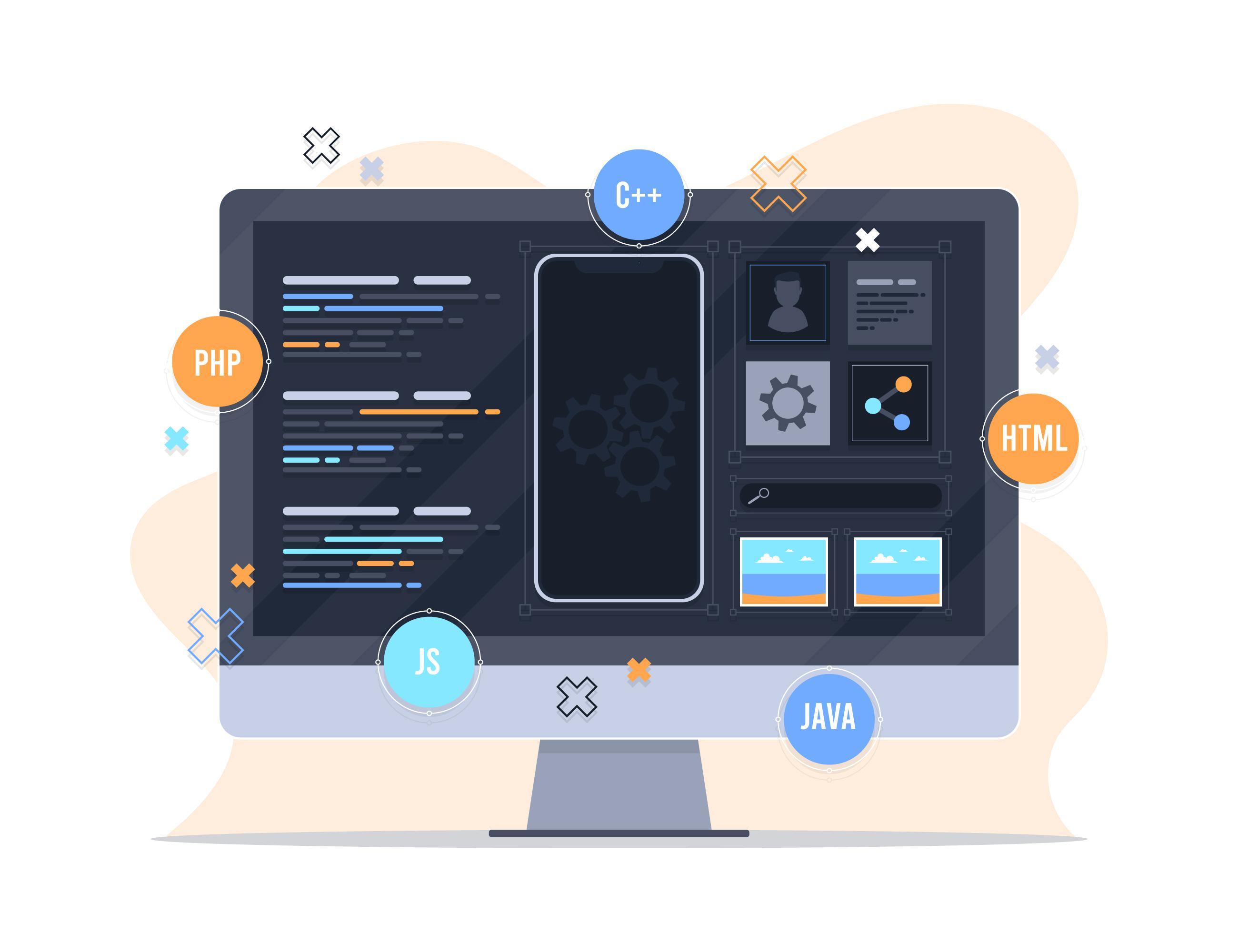Using Technology to Enhance Interaction During Virtual Events
Effective interaction is a critical component of successful virtual events, especially with the growing reliance on the internet as a communication and interaction tool. Modern technology enables enhanced engagement, making events more attractive and effective. This article outlines strategies for utilizing technology tools such as interactive platforms, live chat, and polls to improve interaction during virtual events.
1. Choosing the Right Interactive Platforms
- Identifying Event Needs: Before choosing a platform, it's important to define the event’s needs and objectives. Are you planning open discussions, small workshops, or a presentation? Different platforms serve different purposes.
- Popular Platforms: Some effective platforms include Zoom, Microsoft Teams, Hopin, and Webex. These platforms offer features such as:
- Breakout Rooms: These allow participants to be divided into smaller groups to discuss specific topics, boosting interaction.
- Screen Sharing: Presenters can show visual content directly, facilitating explanation and engagement.
2. Enabling Live Chat
- Activate Chat Feature: Enabling live chat during the event allows participants to exchange ideas and ask questions in real-time. You can also organize the chat into sections, such as general questions and comments, to facilitate interaction management.
- Chat Moderators: Assign moderators to monitor the chat and respond to questions promptly. This helps maintain a smooth flow and ensures that everyone feels part of the conversation.
- Encourage Discussions: Ask direct questions or encourage participants to share their experiences. You can use chat to guide discussions around specific topics, increasing active involvement.
3. Using Polls
- Instant Polls: Tools like Slido or Mentimeter can be used to gather participants' opinions on specific topics instantly. You can ask multiple-choice questions or open-ended questions to gather immediate feedback.
- Analyze Results: Display the results directly on the screen during the event. This helps participants feel their opinions are valued, encouraging greater participation.
- Use Polls as Interaction Tools: You can design polls related to the event's themes or use interactive polls that stimulate discussions. For example, ask participants to vote on specific topics or provide feedback on the discussion points.
4. Integrating Additional Tools
- Social Media: Platforms like Twitter and LinkedIn can be used for interaction during the event. You can create a dedicated hashtag for the event to encourage participants to share thoughts and content.
- Rewards and Competitions: Offer prizes or rewards to participants who engage actively. These rewards can be symbolic but can boost competition and increase audience interaction.
- Live Streaming: If suitable, part of the event can be live-streamed on platforms like Facebook or YouTube. This can increase viewership and encourage more participants to join the discussion.
5. Providing Interactive Content
- Interactive Presentations: Use tools like Prezi or Canva to create interactive presentations. You can add videos, images, and links to enhance content engagement.
- Q&A Sessions: Allocate time for Q&A sessions where participants can ask questions directly. Live chat or tools like Slido can be used to facilitate these sessions.
- Interactive Workshops: If the event includes workshops, make them interactive by encouraging participants to present their ideas and solve problems together.
Conclusion
Improving interaction during virtual events requires effective use of technology. By selecting the right platforms, enabling live chat, using polls, and incorporating additional tools, you can create an interactive environment that encourages participant engagement. Invest in technology tools to enhance the audience's experience and ensure the success of your event.
